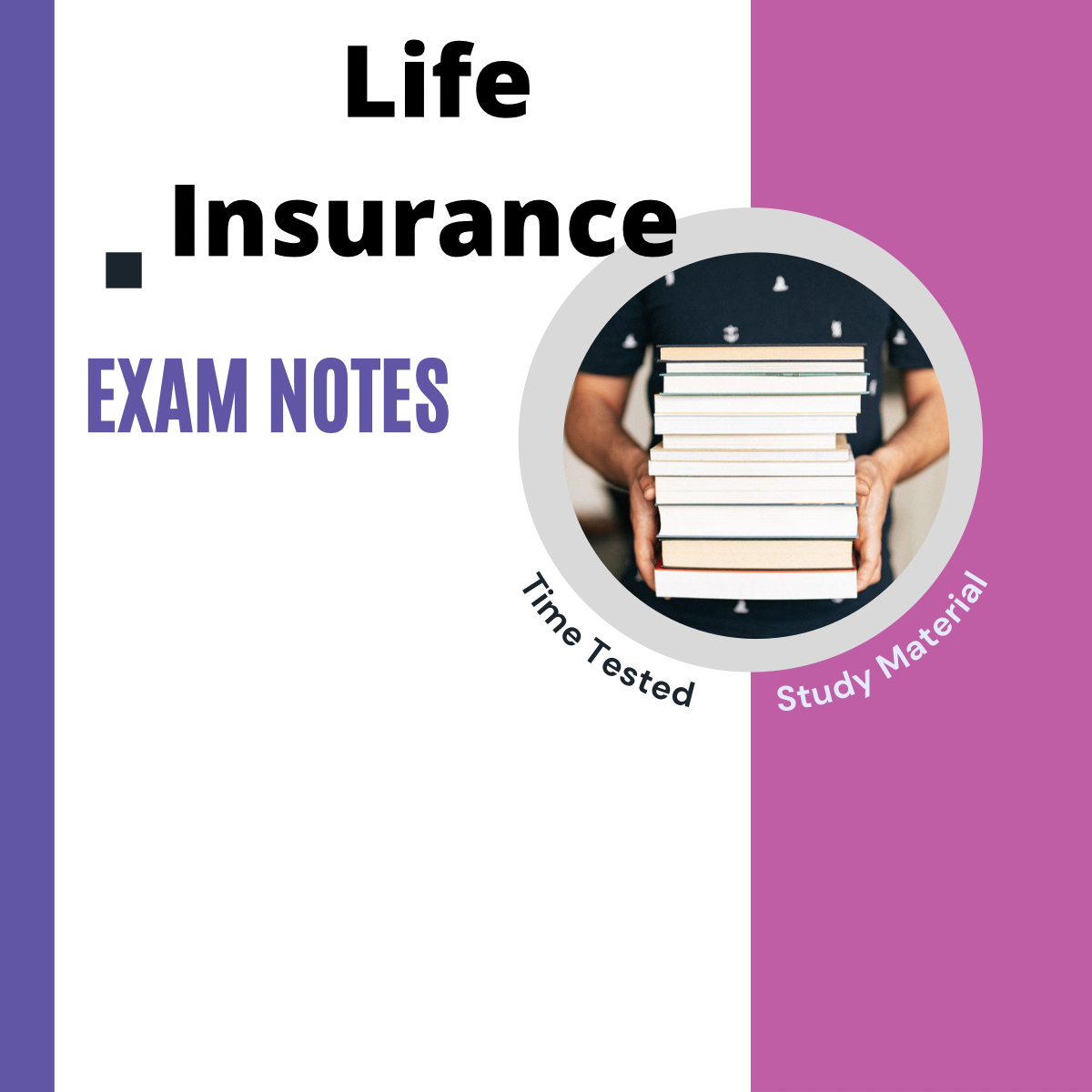The Pacific Prime Ideas
3 Simple Techniques For Pacific Prime
Table of ContentsThe Main Principles Of Pacific Prime What Does Pacific Prime Do?Things about Pacific PrimePacific Prime Fundamentals ExplainedAll About Pacific Prime

This is due to the fact that the data were accumulated for a period of strong economic efficiency. Of the approximated 42 million people who were uninsured, just about about 420,000 (regarding 1 percent) were under 65 years old, the age at which most Americans end up being qualified for Medicare; 32 million were grownups between ages 18 and 65, about 19 percent of all adults in this age team; and 10 million were youngsters under 18 years of age, regarding 13.9 percent of all children (Mills, 2000).
These quotes of the variety of individuals uninsured are generated from the annual March Supplement to the Existing Population Survey (CPS), conducted by the Demographics Bureau. Unless otherwise noted, national quotes of individuals without health and wellness insurance policy and percentages of the populace with different sort of insurance coverage are based upon the CPS, one of the most commonly utilized source of estimates of insurance coverage and uninsurance rates.
The Ultimate Guide To Pacific Prime

Still, the CPS is especially useful due to the fact that it generates annual quotes relatively swiftly, reporting the previous year's insurance protection approximates each September, and due to the fact that it is the basis for a constant set of price quotes for greater than twenty years, permitting for evaluation of trends in coverage in time. For these factors, along with the substantial use the CPS in other studies of insurance policy coverage that exist in this report, we depend on CPS price quotes, with limitations noted.

The quote of the number of without insurance people increases when a population's insurance standing is tracked for several years. Over a three-year duration beginning early in 1993, 72 million people, 29 percent of the U.S. https://www.gaiaonline.com/profiles/pacificpr1me/46638741/. populace, were without coverage for a minimum of one month. Within a solitary year (1994 ), 53 million people experienced at the very least a month without insurance coverage (Bennefield, 1998a)
Six out of every 10 uninsured grownups are themselves used. Functioning does enhance the possibility that one and one's household members will certainly have insurance coverage, it is not a guarantee. Also members of family members with two permanent wage earners have almost a one-in-ten opportunity of being uninsured (9.1 percent without insurance rate) (Hoffman and Pohl, 2000).
Not known Incorrect Statements About Pacific Prime
New immigrants account for a significant percentage of individuals without medical insurance. One analysis has actually attributed a substantial section of the recent growth in the size of the united state uninsured population to immigrants who showed up in the nation in between 1994 and 1998 (Camarota and Edwards, 2000). Current immigrants (those that came to the United States within the past four years) do have a high price of being uninsured (46 percent), but they and their kids represent just 6 percent of those without insurance coverage country wide (Holahan et al., 2001).
The partnership in between medical insurance and accessibility to care is well developed, as recorded later on in this phase. Although the relationship between health insurance coverage and health and wellness outcomes is neither direct neither easy, a comprehensive scientific and wellness services research study literature links health and wellness insurance coverage to improved access to care, better quality, and improved personal and populace health and wellness condition.
Degrees of analysis for checking out the impacts of uninsurance. It concentrates specifically on those without any wellness insurance for any type of size of time.
The Definitive Guide to Pacific Prime
The problems dealt with by the underinsured are in some aspects similar to those dealt with by the uninsured, although they are generally less severe. group insurance plans. Uninsurance and underinsurance, however, involve noticeably various plan problems, and the techniques for addressing them may differ. Throughout this study and the five reports to comply with, the major emphasis gets on persons with no medical insurance and thus no support in paying for health treatment past what is available via charity and safeguard organizations
Health and wellness insurance is an effective aspect impacting invoice of treatment because both patients and doctors react to the out-of-pocket cost of services - https://trello.com/w/pacificpr1me_. Health insurance policy, however, is neither needed neither adequate to access to clinical services. Nevertheless, the independent and direct effect of health insurance policy protection on access to wellness click to find out more solutions is well established.
Others will obtain the healthcare they require even without medical insurance, by spending for it out of pocket or seeking it from suppliers who supply care cost-free or at extremely subsidized prices. For still others, wellness insurance coverage alone does not ensure receipt of treatment since of other nonfinancial barriers, such as an absence of health treatment service providers in their area, restricted accessibility to transportation, illiteracy, or linguistic and social distinctions.
Pacific Prime for Beginners
Formal research study concerning without insurance populaces in the United States dates to the late 1920s and early 1930s when the Board on the Expense of Healthcare generated a collection of records concerning funding medical professional office sees and hospital stays. This concern came to be significant as the varieties of clinically indigent climbed up throughout the Great Depression.